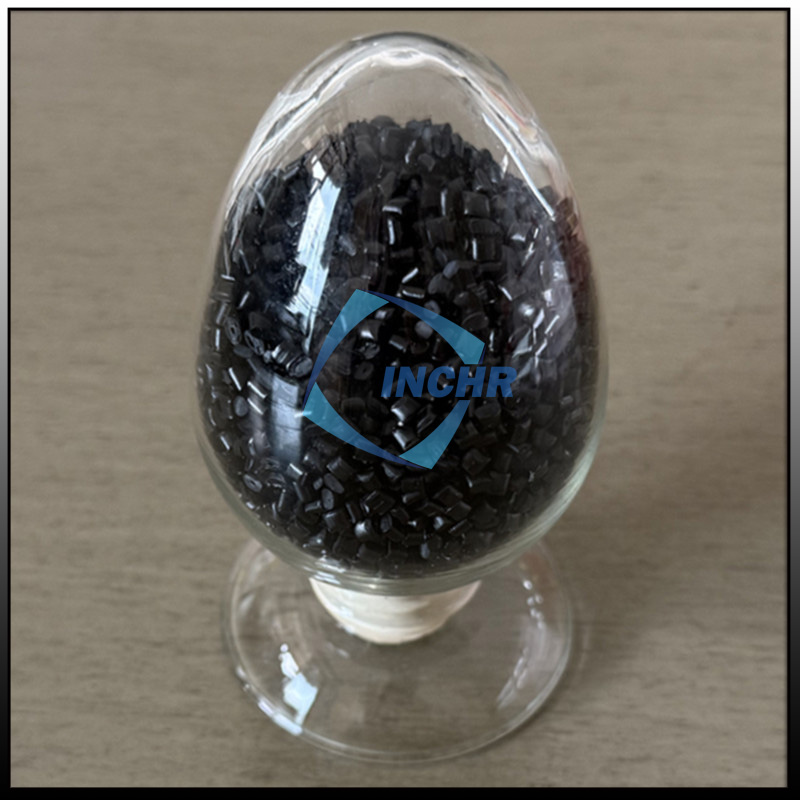In a world racing toward sustainability and efficiency, carbon fiber reinforced nylon (CFRN) has emerged as a material that bridges performance and environmental responsibility. Combining nylon’s versatility with carbon fiber’s unmatched strength, CFRN is redefining industries from robotics to green energy. This article delves into its groundbreaking applications, manufacturing innovations, and role in shaping a circular economy.
Why Carbon Fiber Reinforced Nylon Is Redefining Modern Engineering
CFRN is a thermoplastic composite where carbon fibers (10%–40% by weight) are embedded into a nylon matrix. Unlike traditional materials, it delivers:
Ultimate Lightweighting: 50% lighter than aluminum with tensile strengths exceeding 300 MPa.
Thermal Resilience: Operates reliably at 150°C–200°C, ideal for high-heat environments.
Sustainable Potential: Recyclable matrix and compatibility with bio-based polymers.
Recent breakthroughs, such as self-healing CFRN and AI-optimized fiber alignment, are pushing its capabilities even further.

Transformative Applications of Carbon Fiber Reinforced Nylon
1. Renewable Energy Systems
CFRN is accelerating the transition to clean energy:
Wind Turbine Gearboxes: Fatigue-resistant housings that withstand 25+ years of cyclic stress.
Hydrogen Storage Tanks: Lightweight CFRN liners for Type IV tanks, improving H₂ storage efficiency by 20%.
Solar Tracking Systems: UV-stabilized brackets reducing installation weight in solar farms.
Case Study: Vestas integrated CFRN components in offshore wind turbines, cutting maintenance costs by 22% due to superior corrosion resistance.
2. AI-Driven Robotics
CFRN’s precision and durability are critical for next-gen automation:
Collaborative Robot Arms: Reduced inertia enables 30% faster operation in assembly lines.
Sensor-Embedded Grippers: 3D-printed CFRN tools with real-time pressure feedback for delicate tasks.
Agricultural Drones: Lightweight frames carrying heavier payloads for precision farming.
3. Circular Automotive Design
Automakers use CFRN to meet sustainability targets:
Modular EV Batteries: Recyclable CFRN enclosures with integrated cooling channels.
Bio-Based Interior Panels: PA410 CFRN trims derived from castor oil, fully recyclable.
Lightweight Suspension Parts: CFRN control arms reducing vehicle weight by 15%.
Example: BMW’s 2024 iX model features CFRN seat frames, slashing weight by 40% compared to steel.
Innovations in Carbon Fiber Reinforced Nylon Manufacturing
1. AI-Optimized Production
Generative design tools like nTopology predict optimal fiber layouts, achieving:
20% higher impact resistance.
30% less material waste.
2. 4D Printing with Smart Carbon Fiber Reinforced Nylon
Stimuli-responsive CFRN filaments enable:
Self-Morphing Air Ducts: Humidity-activated shapes for adaptive HVAC systems.
Energy-Harvesting Sensors: Piezoelectric CFRN generating power from mechanical stress.
3. Closed-Loop Recycling
Fiber Recovery: Solvent-based processes reclaim 95% of carbon fibers for reuse.
Bio-Based Nylons: Arkema’s Rilsan® PA11 CFRN uses renewable castor oil, reducing CO₂ emissions by 50%.
Overcoming Carbon Fiber Reinforced Nylon’s Challenges
| Challenge | Solution |
|---|---|
| High Cost | Agro-waste carbon fibers (e.g., bamboo) cut costs by 25%. |
| Anisotropic Behavior | Hybrid composites with glass fiber layers. |
| Surface Finishing | Laser polishing for conductive, mirror-like finishes. |
The Future: 3 Trends Shaping CFRN’s Evolution
Self-Repairing Structures
Microvascular networks release healing agents to fix cracks autonomously, tripling part lifespan.Carbon-Negative Production
Startups like LanzaTech convert industrial emissions into CFRN feedstock.Space-Grade CFRN
NASA tests CFRN for lunar habitat modules, leveraging its radiation shielding and thermal stability.
Implementing CFRN: A Step-by-Step Guide
Collaborate with Experts: Partner with suppliers like BASF or Toray for custom formulations.
Leverage Simulation Tools: Use ANSYS or Altair to model stress distribution and fiber alignment.
Design for Disassembly: Ensure components can be easily recycled at end-of-life.
Conclusion
Carbon fiber reinforced nylon is not just a material—it’s a blueprint for sustainable, high-performance engineering. By merging lightweight strength with eco-friendly innovation, CFRN addresses today’s challenges while unlocking tomorrow’s possibilities. As AI, recycling tech, and bio-based solutions evolve, CFRN will remain pivotal in building a cleaner, smarter industrial future.




